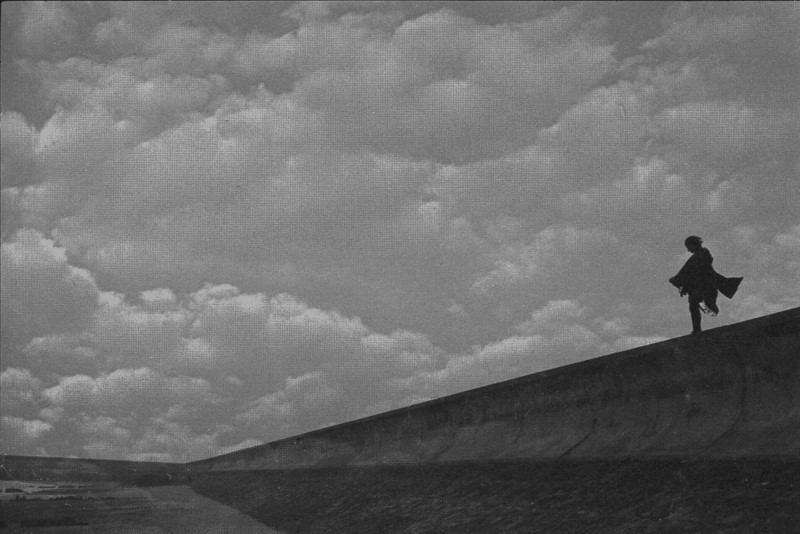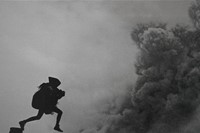Clouds are not spheres, mountains are not cones, coastlines are not circles, and bark is not smooth.
– Benoit Mandelbrot
What does art history have to tell us about the cloud of volcanic ash that obscured the sky bringing European air space to a weeklong standstill?
In the history of Western painting the cloud is a recurrent element that as the visionary French philosopher Hubert Damisch contends is the most fleeting of all masterpieces: they can be found everywhere from Giotto to Constable and onwards to Modernism. Damisch wrote in his 1972 book, A Theory of /Cloud/ that the cloud is found exactly at the point in the system where it escapes. It vanishes within the graphic system only to discover itself again. Cloud archaeology is a science for angels. If the cloud is the zero degree of painting geometry defaults where it meets the sky: The system of linear perspective cannot take into account the full complexity of visual experience and hence generates the cloud as a sign, as an agent, as a counter force with which it is in dialectical interaction. The cloud introduces something that has no place in painting but at the same time is painting. Damisch concludes that painting is itself defined within this paradox.
Perhaps we have learned that air travel is defined within another paradox; the control of the uncontrollable. The cloud introduced something that has no place in air travel but at the same time is air travel.
This article first appeared on John Brockman's website Edge. Photography by Hannah Elisabeth.



